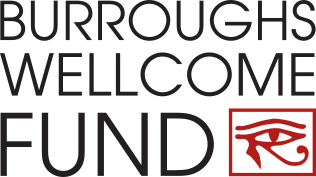ARTICLE
ARTICLE
Explore and Experiment: Reflect and Apply
Explore and Experiment: Reflect and Apply
True wonder leads to more wondering. Find ways to spark learners’ sense of wonder that will inspire them to engage in scientific practices to pursue answers. Use a self-assessment check to reflect on what you are doing supporting your learners around exploring and experimenting, identify an area to improve.
Grades
4 - 12+
Subjects
Biology, Storytelling, Experiential Learning, Photography

Media Credits
The audio, illustrations, photos, and videos are credited beneath the media asset, except for promotional images, which generally link to another page that contains the media credit. The Rights Holder for media is the person or group credited.
Editor
Writer
Reviewer
Copyeditor
Producer
Graphic Design
Rights Clearance
Last Updated
July 17, 2024
For information on user permissions, please read our Terms of Service. If you have questions about how to cite anything on our website in your project or classroom presentation, please contact your teacher. They will best know the preferred format. When you reach out to them, you will need the page title, URL, and the date you accessed the resource.
Media
If a media asset is downloadable, a download button appears in the corner of the media viewer. If no button appears, you cannot download or save the media.
Text
Text on this page is printable and can be used according to our Terms of Service.
Interactives
Any interactives on this page can only be played while you are visiting our website. You cannot download interactives.
